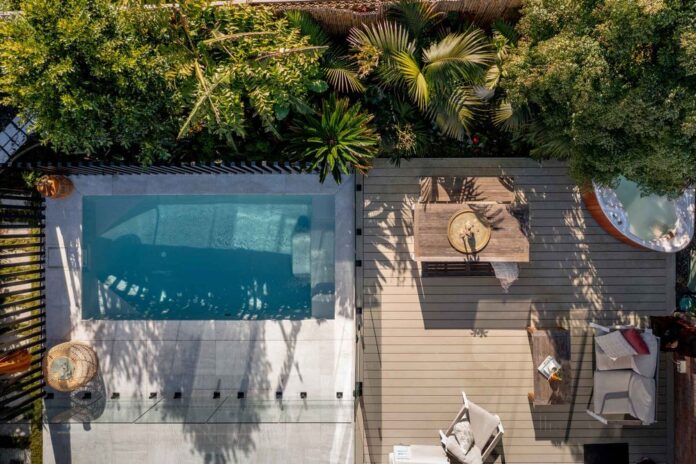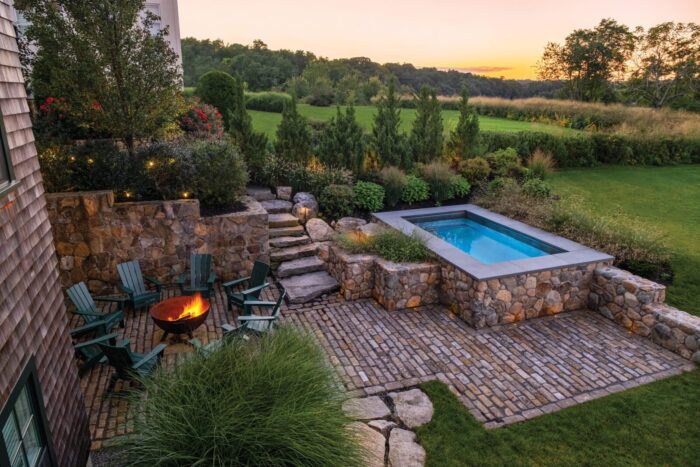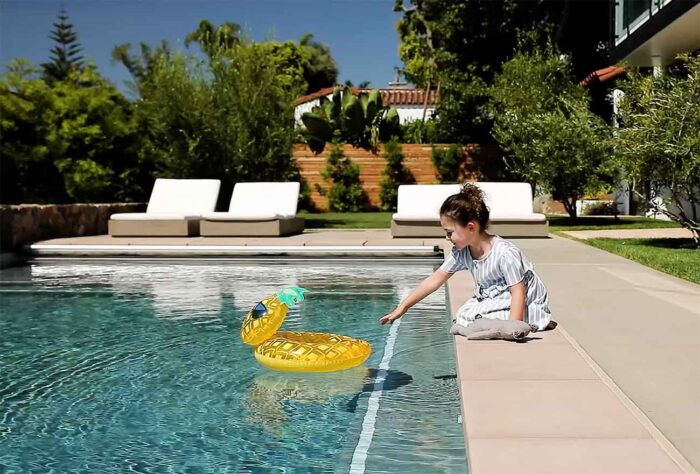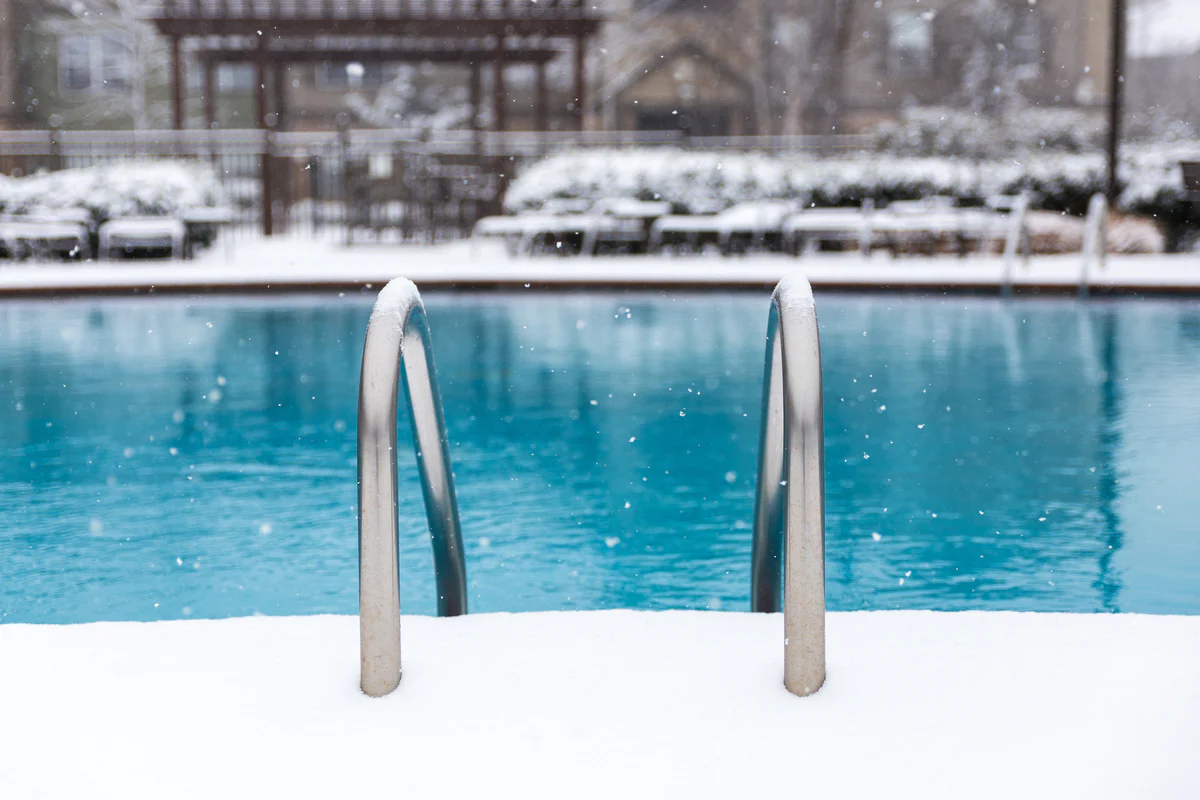
Plunge pools, a timeless symbol of luxury and relaxation, are increasingly becoming a popular choice among homeowners worldwide. Their compact sizes, aesthetic appeal, and therapeutic benefits are turning more backyards into private retreats. However, the journey from construction to relaxation isn’t always a simple one. Ensuring optimal enjoyment requires careful attention to the plunge pool’s installation and maintenance. This comprehensive guide provides an overview of the steps necessary to create your personal haven and keep it in prime condition for years to come.
Planning and Preparation
Before initiating any construction, it’s crucial to understand the implications of installing a plunge pool in your home. Start by assessing the available space in your backyard and envision where the project would best fit. Consider factors like sunlight exposure, proximity to your house, and views from the pool.
Securing necessary permits and adhering to local regulations is next in line. A plunge pool in New Zealand, for example, must be at least 1.2 meters from the boundary or have a barrier enclosing it if closer. It’s also essential to plan for utilities and drainage. Collaborate with a professional to identify the best route for running plumbing and electrical lines while ensuring adequate drainage to prevent future complications.
Choosing the Right Plunge Pool

The type of plunge pool you opt for depends on your preference, budget, and available space. Materials range from concrete to fiberglass, with each offering varying levels of durability and customization. The size and shape of the project also factor into the overall aesthetic of your backyard.
In addition to the pool itself, consider features that enhance the overall experience. Seating areas offer relaxation spots, jets provide a soothing massage-like experience, and lighting options set the mood for evening dips. Finally, evaluate your budget and anticipate long-term maintenance costs. Concrete ones, for example, might be more expensive initially but are typically more durable.
Preparing the Site
After deciding on your plunge pool’s design, it’s time to get your hands dirty. Begin by clearing the designated area of any debris, plants, or obstacles that might interfere with construction.
Once the area is clear, leveling the ground is critical. A sturdy foundation guarantees the longevity of the pool and prevents uneven settling that could lead to structural issues. After preparing the base, excavation commences, creating a pit for the pool and trenches for plumbing and electrical connections.
Installation Process
The process of installing the plunge pool varies with the type chosen. For example, a preformed fiberglass pool will require different handling than a concrete one. Regardless, assembling the pool structure according to the manufacturer’s instructions is paramount.
Structural supports, braces, and reinforcement need proper placement to ensure the integrity of the project. After securing the pool walls, it’s time to add the desired accessories and finalize the pool’s inner structure.
Water Treatment and Maintenance
Once your plunge pool is installed, the focus shifts to water treatment and maintenance. Regularly balancing the water chemistry and pH levels is vital for the health of both the pool and its users.
The cleaning routine should include regular skimming of its surface and cleaning the filters and skimmers. In terms of sanitization, chlorine is the most common method, but saltwater systems and UV sterilization are also viable alternatives.
Equipment and Accessories

The right equipment can make pool maintenance less of a chore. Invest in a good-quality filtration system to keep your water crystal clear, and consider heating options for year-round enjoyment.
Safety features are another crucial consideration. Pool covers reduce evaporation and heat loss, alarms alert homeowners to unexpected pool access, and fencing adds an extra layer of protection, especially for families with young children.
Landscaping and Surroundings
After installing your plunge pool, you can turn your attention to enhancing the area’s aesthetics. Integrate landscaping elements that complement your project and surrounding architecture. The choice of plants should consider their resistance to pool water and their maintenance needs.
Hardscape materials like decking or paving can define your entire area while providing a non-slip surface for safety. Lighting, furniture, and shade structures can further create an inviting atmosphere for relaxation.
Safety Considerations
Pool safety is paramount. Installing proper fencing and barriers prevents unauthorized access to the pool area, a rule that is strictly enforced in many jurisdictions, including New Zealand.
Education is equally important—ensure all family members and guests are aware of pool safety rules. Keep rescue equipment nearby, and always have emergency contact numbers readily available.
Regular Maintenance Routine
A regular maintenance routine can prevent minor issues from becoming major problems. Skimming the pool surface daily keeps debris from sinking and causing potential damage.
Cleaning and backwashing filters is also crucial, typically every few months or as recommended by the manufacturer. Lastly, monitor the water level. A significant drop could indicate a leak that needs immediate attention.
Seasonal Care and Winterization

As winter approaches, it’s important to winterize your plunge pool. This involves draining the water below the skimmer level, adding winterizing chemicals, and covering it to keep out debris.
Protecting your pool from freezing temperatures is crucial, as ice can cause significant damage. If you live in an area like New Zealand, where temperatures rarely drop below freezing, this step might not be necessary.
Troubleshooting and Professional Assistance
Even with regular maintenance, problems may arise. Understanding common issues and their solutions can save you time and money. However, not all issues are DIY-friendly, and there will be times when professional help is needed.
Regularly scheduling professional inspections can identify potential problems before they become severe. Additionally, consider a service contract to maintain optimal performance of your plunge pool, ensuring you have a relaxing oasis to enjoy year-round.
Conclusion
Creating and maintaining a plunge pool may seem daunting, but with careful planning, preparation, and routine care, homeowners can create a backyard retreat that offers endless relaxation and rejuvenation. Whether you’re based in New Zealand or elsewhere, make the most of your plunge pool with our expert tips. Dive in, the water’s great!
















